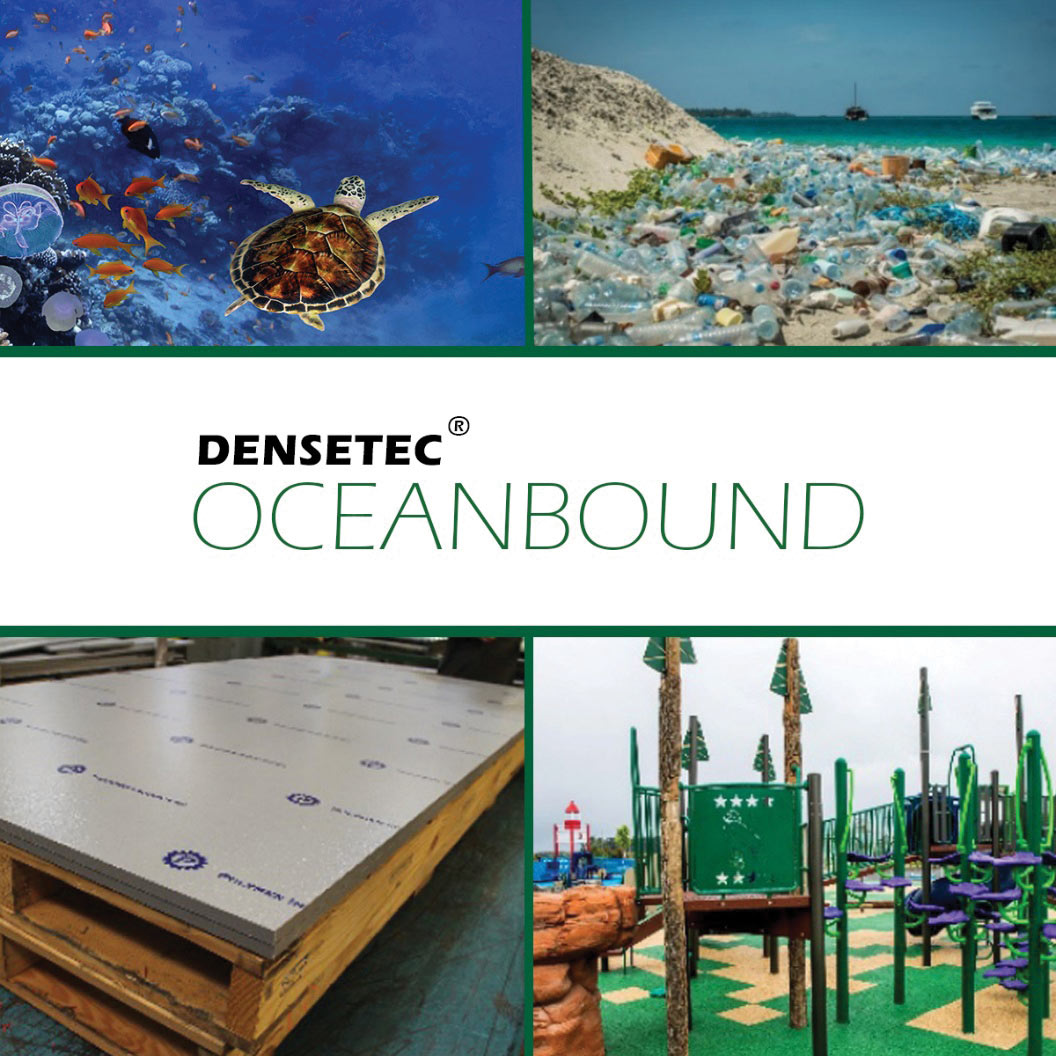here’s a good chance that you’ve seen the well-publicized images of plastics in the ocean and related horrific photos of ocean life impacted by plastics. You may have to justify your livelihood in the performance plastics industry to friends and relatives who have absorbed this anti-plastics messaging for years, if not decades (or, depending on their generation, most of their lives).
Being in the performance plastics industry, we know that the durable plastics we manufacture and distribute are different from the consumer-grade plastics that usually end up in oceans. We can talk about the many ways in which performance plastics are a means to an end for otherwise unattainable environmental goals. For example, thanks to the use of performance plastics instead of metals in automobiles and aircraft, there is a need for less fuel because the cars or airplanes are lighter and more fuel-efficient.
Although there are many innovative projects that try to remove plastics from the ocean, they haven’t been able to do so in a significant way. There has to be another approach, a way to prevent these materials from getting into the oceans in the first place.
William Meade, an international environmental development consultant at Tetra Tech who has worked in Indonesia for decades said, “The government has set targets, but infrastructure is lacking and most initiatives are voluntary.”
A new, two-year project led by the VTT Technical Institute of Finland addresses this need. VTT is running a new Finnish consortium called Kelmuvex, consisting of companies and other organizations looking at new ways to tackle marine debris in an environmentally and economically sustainable manner, by turning that debris into valuable products.
The pilot area chosen for the project is Jakarta, Indonesia, where PET bottles and durable propylene products, such as pipes and containers, are recycled, but other single-use plastic waste ends up in landfills with mixed waste or is washed into rivers and ultimately into the sea.
“In Jakarta we are looking at the amount, quality and location of waste floating in the river and studying options to identify the waste from the air. We are working together with Finnish companies to develop and test methods to enable the recovery of floating plastic waste from the river and to use it as a raw material for construction materials and fuels, for example. Our goal is to develop circular economy concepts that suit local conditions and which can also be applied in other key locations with floating waste issues,” said Mona Arnold, principal scientist at VTT.
The varying composition of floating waste makes it difficult to use. It is usually comprised of many different types of plastics and textiles, as well as soil and plant material washed away by heavy rainfalls. Optical sensor solutions that can be installed in a drone or in a fixed location are used for the identification and monitoring of the floating waste to support the recovery operations.
Various plastic recycling methods will also be assessed, and the method or combination of methods most suitable for the target will be selected. One option is to recycle plastic waste mechanically by melting it down and molding it into new products.

Plastic trash is collected from this, the “at-risk zone” and, instead of going out to sea, it is being cleaned, ground and made into performance plastic sheet. Thanks to these efforts, the company has committed to removing 10 million pounds of plastic that’s at risk of polluting our oceans.
“Creating an OceanBound sheet from recycled ocean-bound plastic is important to us. It begins with a way to keep ocean-bound plastics from entering our water streams and oceans. The ocean-bound waste comes from communities that lack established waste management systems. Being able to recycle the at-risk plastic before it makes it to the ocean helps the environment. That’s the concept driving our OceanBound plastics. We use material at risk of becoming ocean pollution and give it a future. Polymer Industries offers solutions that transform ocean-bound waste into resources to benefit our customers and communities,” said Rohit Saigal, vice president of sales and marketing for Polymer Industries.